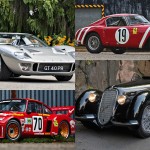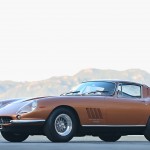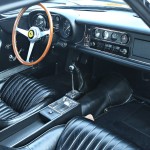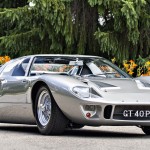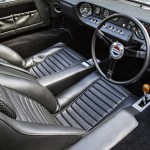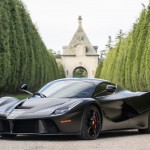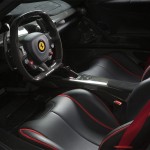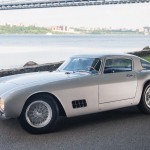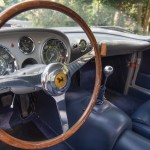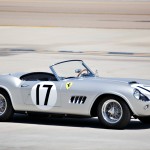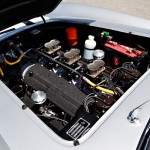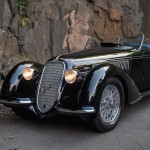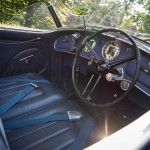-
Recent News
- 2024 Volvo XC40 Review
- 2024 Volvo S60 Review
- 2023 Honda Pilot TrailSport
- 2023 Genesis GV80 Review
- 2023 Nissan Pathfinder Rock Creek
- BMW M3 CS Track Test
- 2023 Mazda CX-9 Review
- 2023 Infiniti QX80 Review
- INEOS Grenadier
- 2022 Chevrolet Silverado ZR2
- 2023 GMC Yukon Denali Ultimate Review
- 2022 Volvo S60 B5 R-Design
Search By Brand
Search By Price





